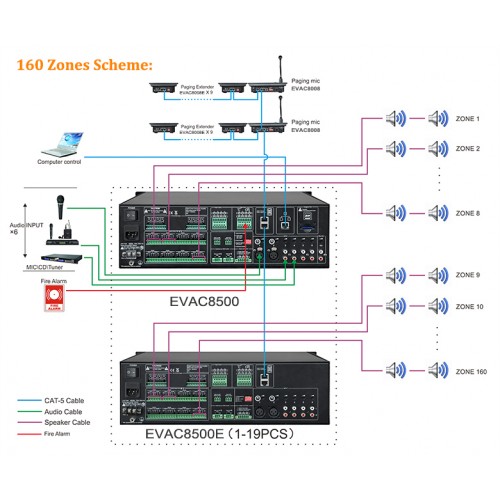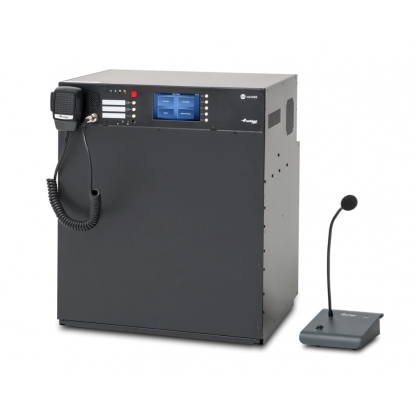

Please contact us to see what our team can do for you. Here at National Security Systems we engineer, install, service and monitor all types a mass notification systems and a voice evacuation systems. We hope this article helped show the differences between a mass notification system and a voice evacuation system. We have commercial mass notification systems and voice evacuation systems for all industries including aviation, banking and finance, cargo & logistics, data centers, education, government, healthcare, hotels and restaurants, maritime, prisons and correctional facilities, public transportation, retail, stadiums and venues.įor more information on our industrial mass notification systems can be found here and information on our voice evacuation systems can be found here. The IFP-2100ECS supports a variety of devices, including RA2000, RA-1000 or RA-100 remote annunciators and IDP, SK or SD devices. A separate network can be used for voice paging across all panels. The system has two modes of operation, multiple panels covering one larger building, or multiple independent buildings. The Honeywell IFP-2100ECS has the interconnection capability for up to 32panels.
#VOICE EVAC SYSTEMS INSTALL#
Buildings that require voice evacuation per the building code and have a need for mass notification as well will often install a combination mass notification systems/voice evacuation system like the Honeywell IFP-2100ECS which allows both functions to be performed by a single system. In difficult, unfamiliar and confusing situations, the spoken word has a major advantage: An electro-acoustic speaker system enables. In-building systems provide occupant notification within a building. Mass notification systems are classified as in-building and wide area systems. A “FIRE” marking is not permitted for notification appliances used for both purposes to help avoid confusion.


NFPA 72 permits using the same notification appliances for fire alarm and mass notification purposes, but the appliance must have no marking or be marked “ALERT”. Speaker/strobes are most commonly used for in-building notification, with the same mounting and spacing requirements as fire alarm. The notification requirements for mass notification systems have the same requirements as fire alarm systems do. Similar Fire Alarm System and Mass Notification System Requirements For both of these emergencies, having the occupants evacuate the building would not be the best action to take.

For example, for a tornado warning, the instructions may be to shelter in place, but for a chemical spill it may be to report to a specific safe area within the building. Mass notification systems may give specific instructions based on the type of emergency. The fire alarm voice evacuation systems typically instruct the occupants to evacuate the building by a pre-recorded message such as, “there is a fire, please leave building.” Mass notification systems notify occupants of other emergencies that may not necessarily require building evacuation. While mass notification systems and fire alarm voice evacuation systems both use voice messaging via speakers and visible strobes to alert building occupants, the difference between the systems is the action that the systems instruct the occupants to take. Chapter 24 covers requirements for mass notification systems, fire alarm voice evacuation systems, fireman’s telephone and radio systems, area of refuge communications, and elevator communications. Mass notification systems are governed by NFPA 72, Chapter 24. Mass notification systems communicate emergency situations involving non-fire emergencies to building occupants and individuals in the surrounding area of the building using audible and visual devices. What is the Difference Between Mass Notification Systems and Voice Evacuation Systems?


 0 kommentar(er)
0 kommentar(er)
